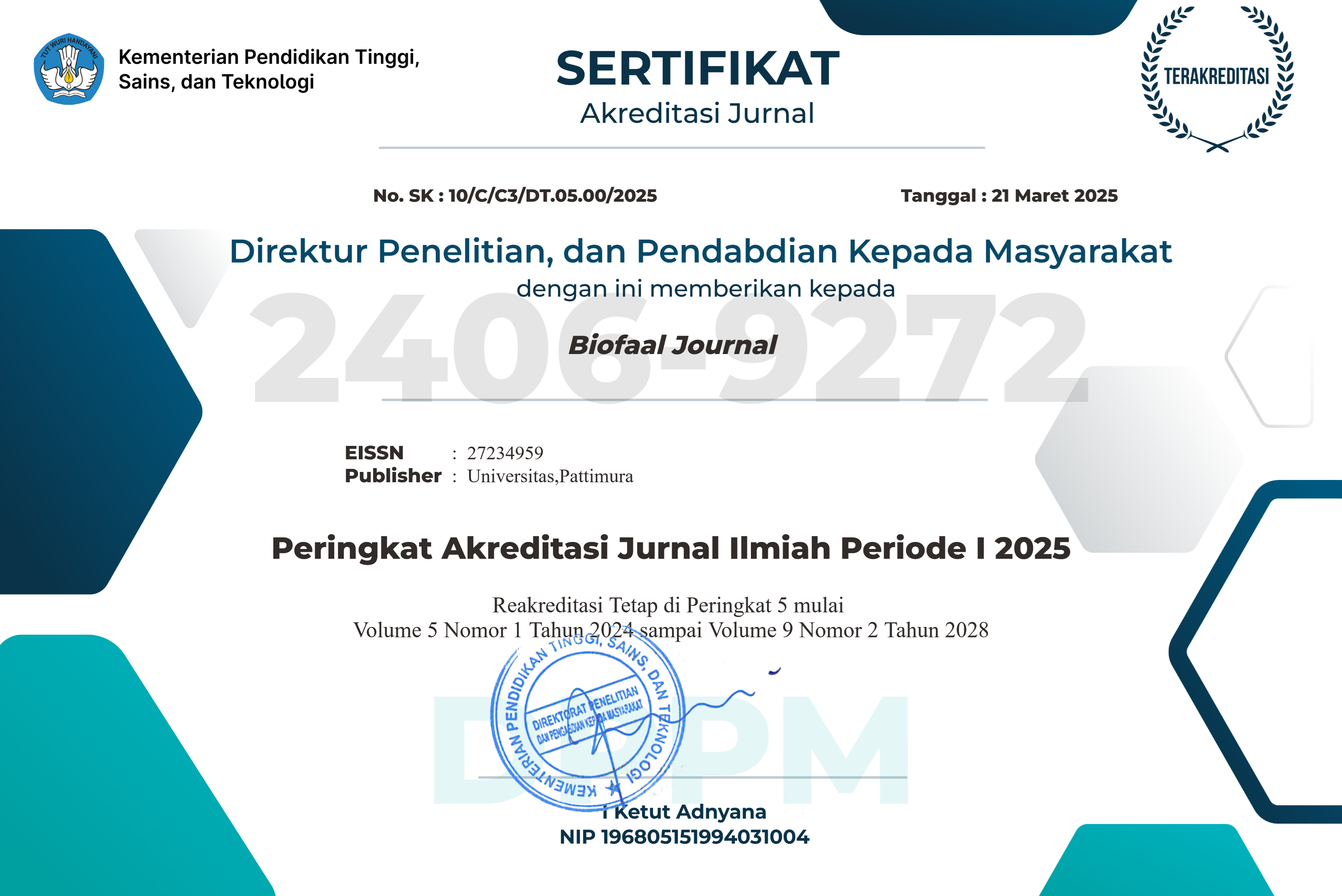ANALISIS FAKTOR-FAKTOR INTERNAL DAN EKSTERNAL YANG MENINGKATKAN IBU HAMIL MENGANDUNG ANAK DOWN SYNDROM
Abstract
This study aims to determine the internal factors and external factors that cause children to experience Down syndrome. The method used is a qualitative approach with a case study that interviewed three samples of Down syndrome sufferers in Semarang City. The results showed that the interviewed Down syndrome sufferers did not have a hereditary or family history of Down syndrome. However, the age of the mother when she was pregnant with a child with Down syndrome was ≥33 years, where the age of the mother greatly affects the maturity of the female reproductive organs. This study concludes that the factors that cause children to have Down syndrome include, among others, internal factors in the form of nondisjunction on chromosome 21. A fetus that should produce two copies of chromosome 21 instead produces three copies of chromosome 21, resulting in a baby who usually only has 46 chromosomes having 47 chromosomes. External influencing factors include maternal age, genetics, radiation, and nutrition (folic acid). Of the three subjects, the most dominant factor is the mother's age.
Downloads
Copyright (c) 2024 Lisnur Isnaeni Kusmantioko, Ni’mah Alawiyah Safitri, Ivolia Indah Uswatun Khasanah

This work is licensed under a Creative Commons Attribution-NonCommercial-ShareAlike 4.0 International License.
1. Author retain copyright and grant the journal right of first publication with the work simultaneously licensed under a creative commons attribution license that allow others to share the work within an acknowledgement of the work’s authorship and initial publication of this journal.
2. Authors are able to enter into separate, additional contractual arrangementfor the non-exclusive distribution of the journal’s published version of the work (e.g. acknowledgement of its initial publication in this journal).
3. Authors are permitted and encouraged to post their work online(e.g. in institutional repositories or on their websites) prior to and during the submission process, as it can lead to productive exchanges, as well as earlier and greater citation of published works.








